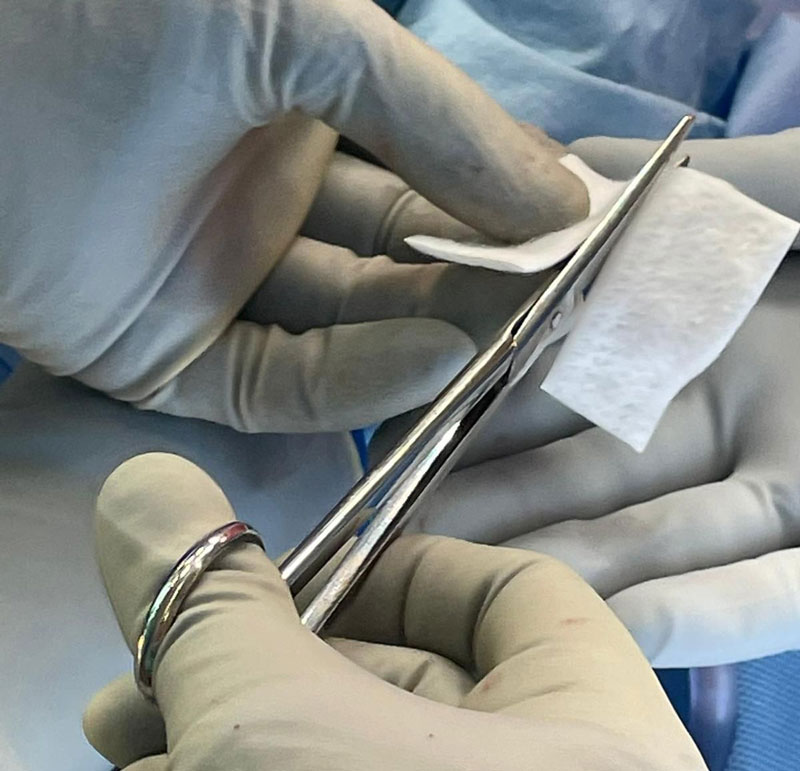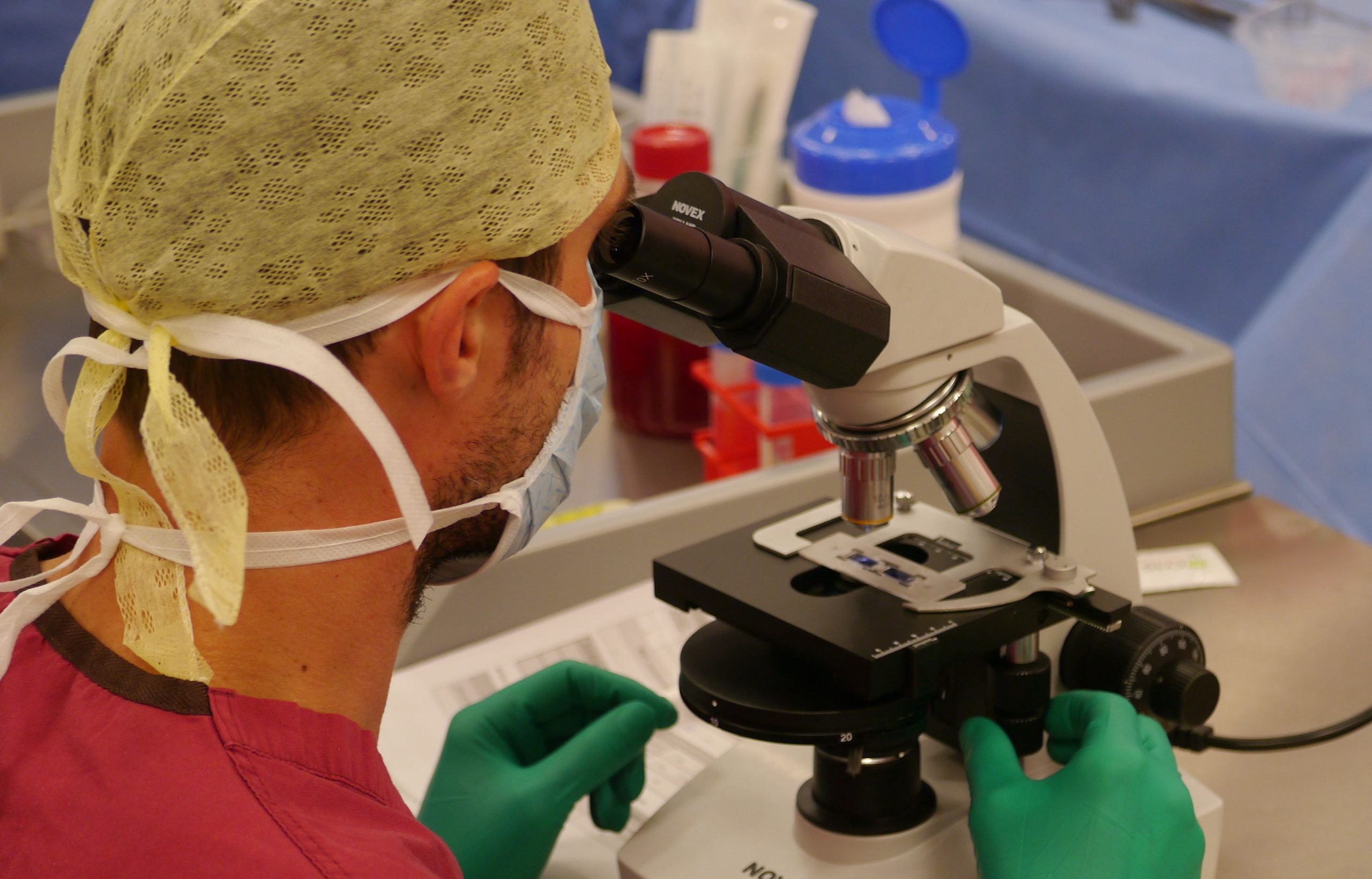Biological Scaffolding For Knee Cartilage Regeneration
Regenerative medicine is a modern field of medicine based on the principle of regenerating biological tissue in the patient to replace, repair, and improve cells that have been affected by injury or disease. In order to manipulate tissue regeneration, doctors use biological scaffolds. But what are these devices and how do they work? Sports medicine specialist and expert Professor Paul Lee is here to explain:
What Scaffolding Can Treat
From osteoarthritis, and sports-related cartilage injury, to meniscus injuries – scaffolding can treat various problems effectively. However, with so many different types of biological scaffolds available on the market, it is important to understand which one to use for a particular condition.
Book Online


